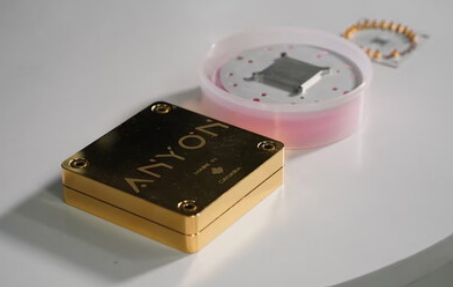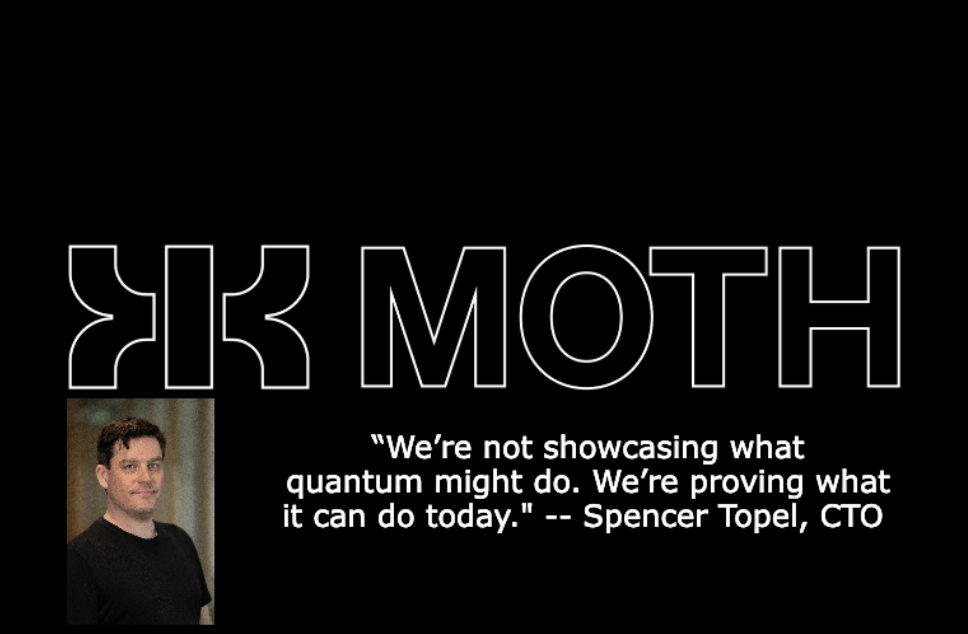Insider Brief
- A consortium announced Japan’s third superconducting quantum computer was installed at Osaka University.
- Partners will provide users in Japan access to the newly developed computer via the cloud.
- The research team sourced more domestically manufactured components for this device compared to other installations.
PRESS RELEASE — A consortium of joint research partners announced the successful development of Japan’s third superconducting quantum computer installed at Osaka University.
The partnership includes the Center for Quantum Information and Quantum Biology at Osaka University, RIKEN, the Advanced Semiconductor Research Center at the National Institute of Advanced Industrial Science and Technology (AIST), the Superconducting ICT Laboratory at the National Institute of Information and Communications Technology (NICT), Amazon Web Services, e-trees.Japan, Inc., Fujitsu Limited, NTT Corporation (NTT), QuEL, Inc., QunaSys Inc., and Systems Engineering Consultants Co.,LTD. (SEC).
Starting December 22, 2023, the partners will provide users in Japan access to the newly developed computer via the cloud, enabling researchers to execute quantum algorithms, improve and verify the operation of software, and explore use cases remotely.

The newly developed superconducting quantum computer uses a 64 qubit chip provided by RIKEN, which leverages the same design as the chip in RIKEN’s first superconducting quantum computer, which was unveiled to users in Japan as a cloud service for non-commercial use on March 27, 2023.
For the new quantum computer, the research team sourced more domestically manufactured components (excluding the refrigerator). The research team confirmed that the new quantum computer, including its components, provides sufficient performance and will utilize the computer as a test bed for components made in Japan.
Moving forward, the research group will operate the new computer while improving its software and other systems for usage including the processing of heavy workloads on the cloud. The research team anticipates that the computer will drive further progress in the fields of machine learning and the development of practical quantum algorithms, enable the exploration of new use cases in material development and drug discovery, and contribute to the solution of optimization problems to mitigate environmental impact.
The joint research group is comprised of: Dr. Masahiro Kitagawa, (Professor, Graduate School of Engineering Science, Director of the Center for Quantum Information and Quantum Biology at Osaka University), Dr. Makoto Negoro (Associate Professor, Vice Director of the Center for Quantum Information and Quantum Biology at Osaka University), Dr. Yasunobu Nakamura (Director of the RIKEN Center for Quantum Computing (RQC)), Dr. Katsuya Kikuchi (Group Leader of the 3D Integration System Group of the Device Technology Research Institute at AIST), Dr. Hirotaka Terai (Executive Researcher at the Superconductive ICT Device Laboratory at the Kobe Frontier Research Center of the Advanced ICT Research Institute of NICT), Dr. Yoshitaka Haribara (Senior Startup Machine Learning and Quantum Solutions Architect, Amazon Web Services), Dr. Takefumi Miyoshi(Director of e-trees.Japan, Inc., Specially Appointed Associate Professor, Center for Quantum Information and Quantum Biology at Osaka University, CTO of QuEL, Inc.), Dr. Shintaro Sato (Head of Quantum Laboratory, Fujitsu Research, Fujitsu Limited), Dr. Yuuki Tokunaga (Distinguished Researcher at NTT Computer & Data Science Laboratories), Yosuke Ito (CEO of QuEL, Inc.), Keita Kanno (CTO of QunaSys Inc.), and Ryo Uchida (Chief Technologist of Systems Engineering Consultants Co.,LTD. (SEC)).
For more information: Center for Quantum Information and Quantum Biology, Osaka University
Research support
This research was supported by grants from:
- Japanese Ministry of Education, Culture, Sports, Science and Technology’s Quantum Leap Flagship Program (MEXT Q-LEAP) “Research and Development of Superconducting Quantum Computers” (Team Leader: Yasunobu Nakamura; Grant No. JPMXS 0118068682) and “Development of quantum software by intelligent quantum system design and its applications” (Team leader: Keisuke Fujii; Grant No. JPMXS 0120319794)
- Japan Science and Technology Agency (JST) ERATO’s “Nakamura Macroscopic Quantum Machine Project” (Team leader: Yasunobu Nakamura, Grant No. JPMJER1601), the Program on Open Innovation Platforms for Industry-academia Co-creation (COI-NEXT) “Quantum Software Research Hub” (Team leader: Masahiro Kitagawa, Grant No. JPMJPF2014), and Moonshot Target 6 “Development of Integrated Technology for Superconducting Quantum Circuits” (Team leader: Tsuyoshi Yamamoto, Grant No. JPMJMS2067)
- Council for Science, Technology and Innovation (CSTI), Cross-ministerial Strategic Innovation Promotion Program (SIP), “Promoting the application of advanced quantum technology platforms to social issues”(Funding agency : QST)”Development and Operation of Test Beds with Domestic Quantum Computers” (Team leader: Shinichi Yorozu)
For more market insights, check out our latest quantum computing news here.


















